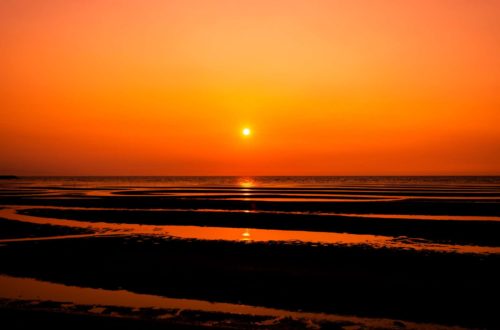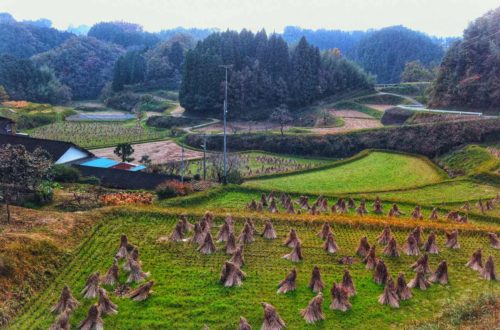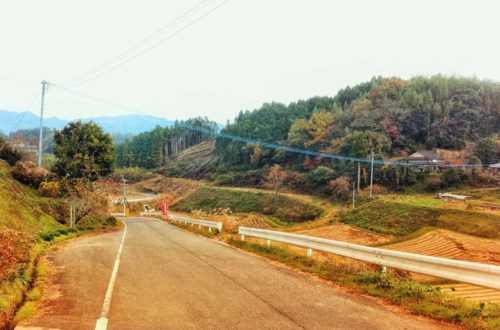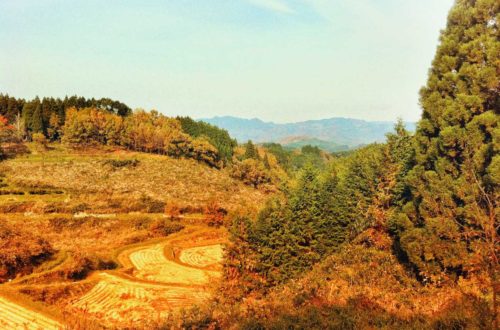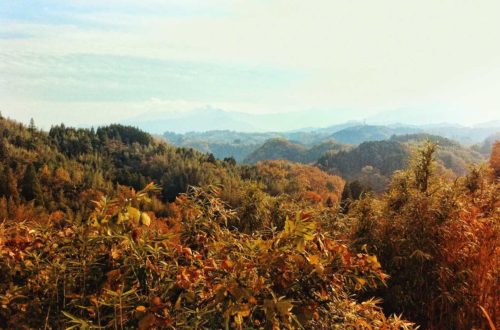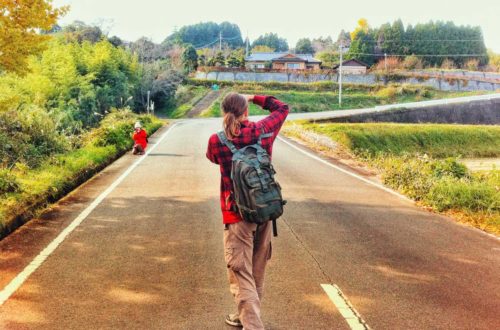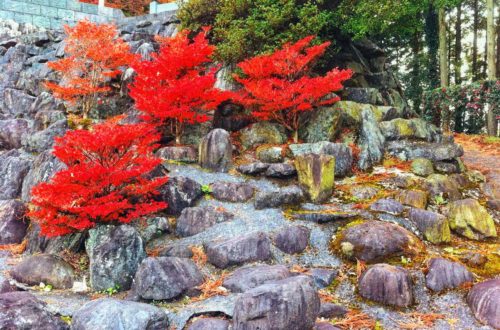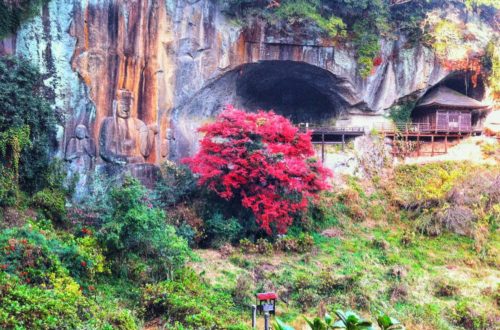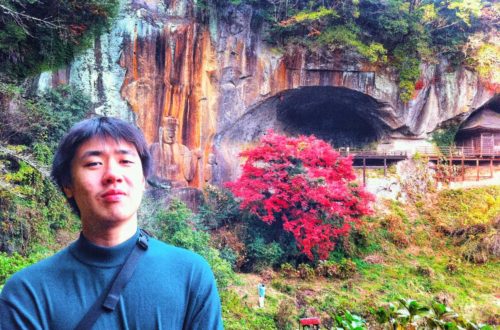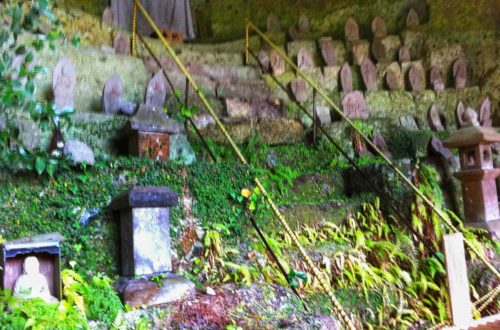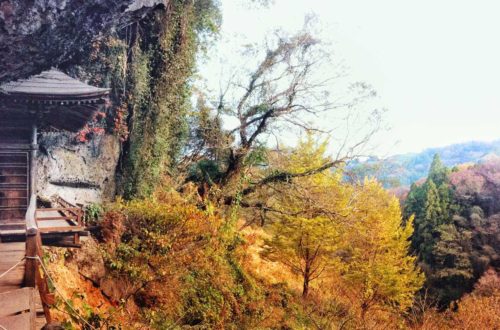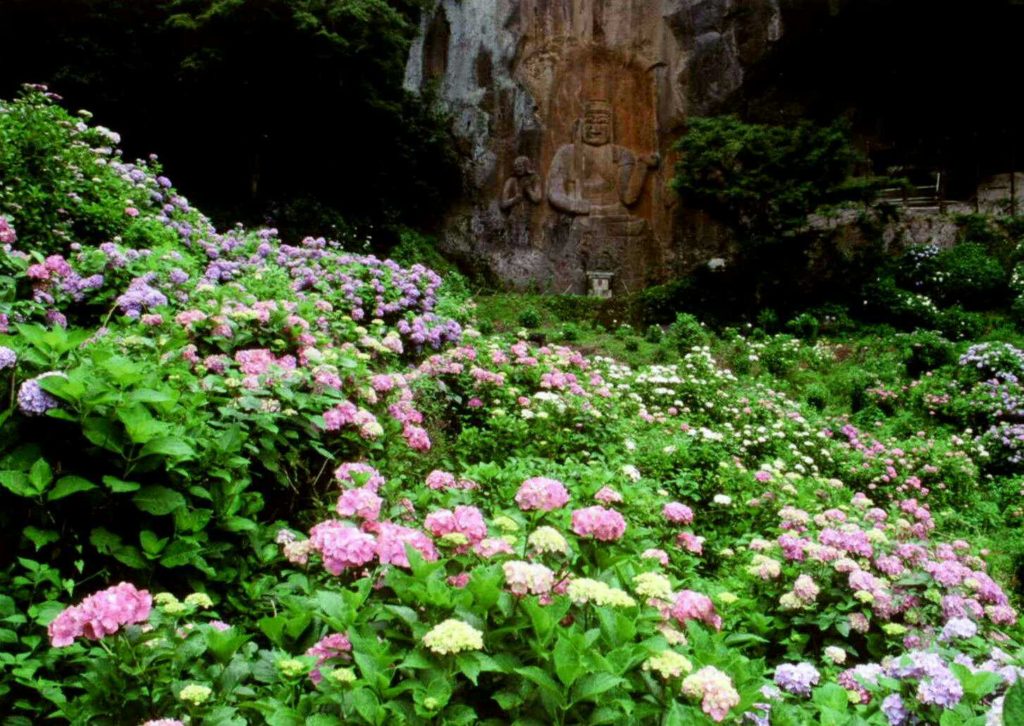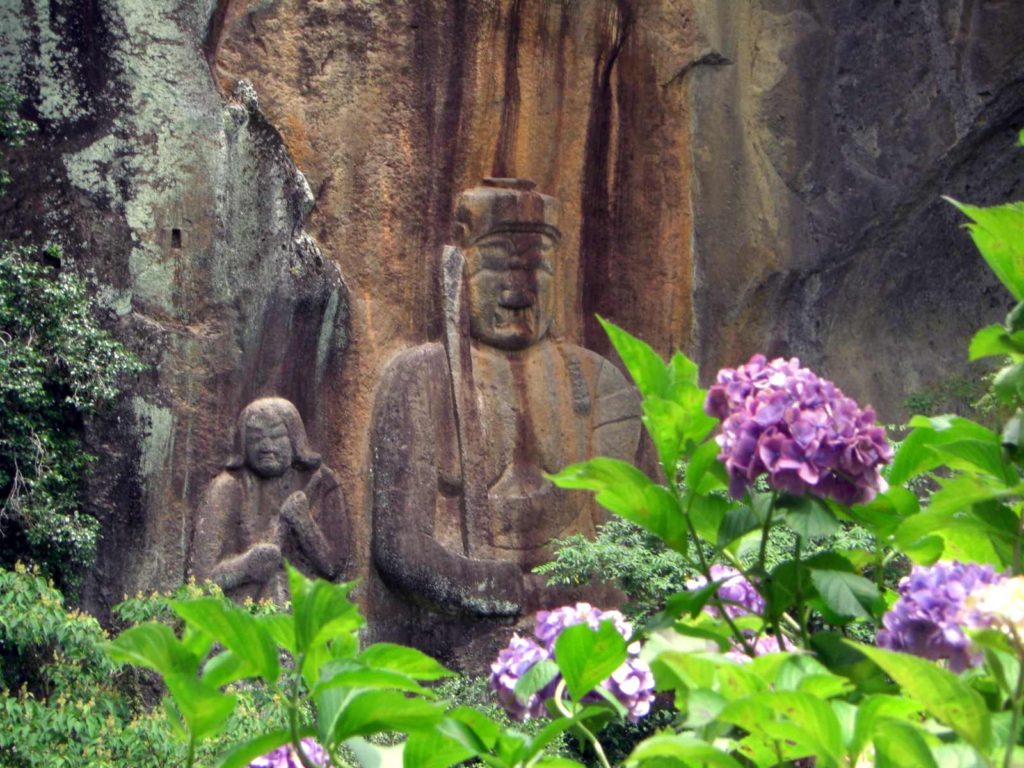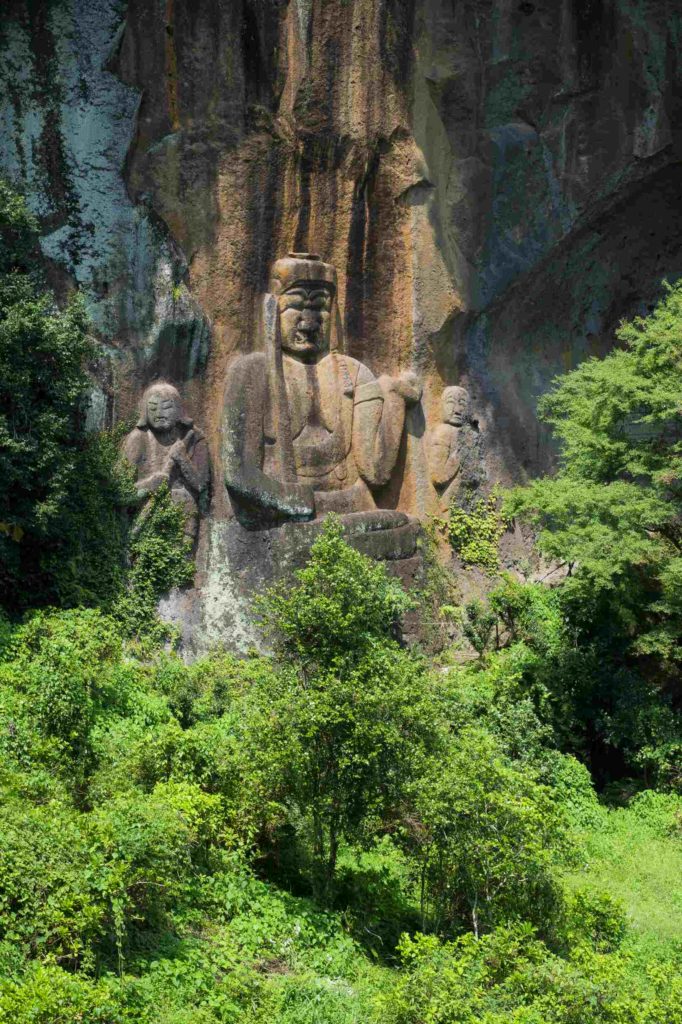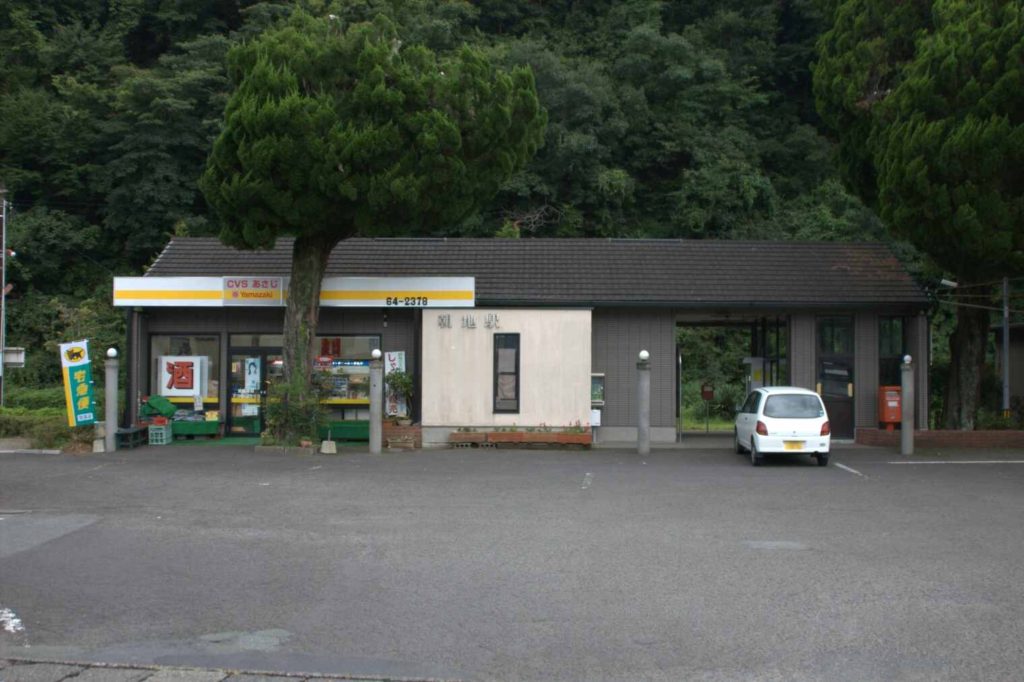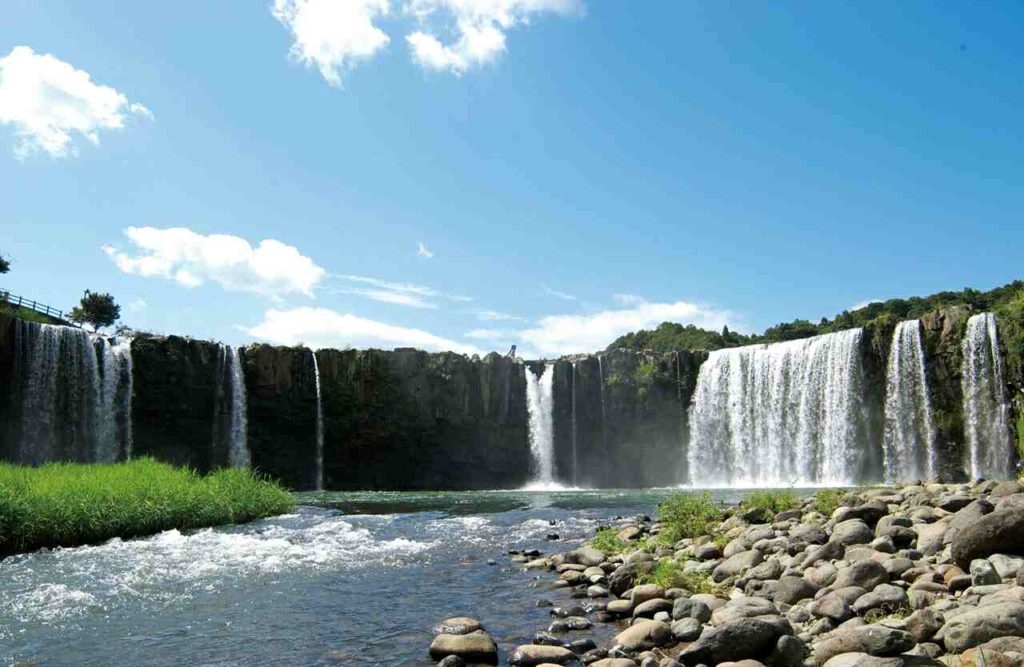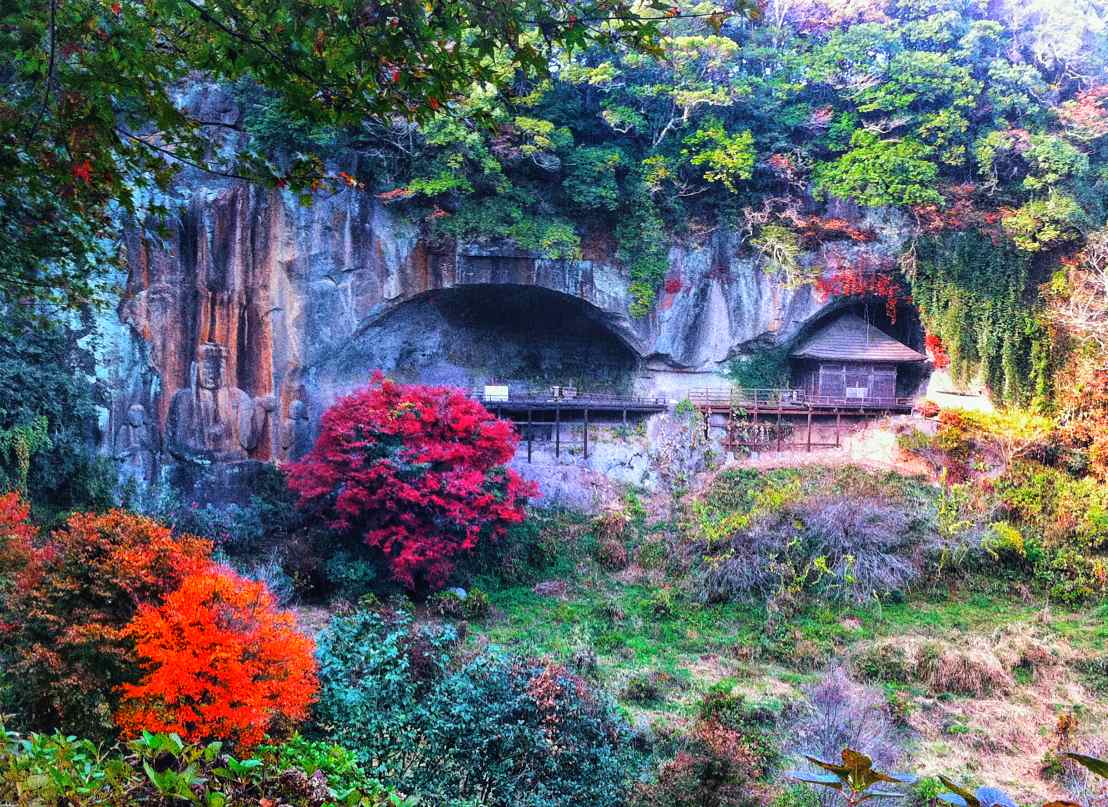
Fukoji Temple – The Spectacular Cliff-Carved Buddha of Bungoono
Have you ever heard of the little Fukoji temple (pronounced Fukouji/Fukōji/普光寺)? This little temple features a rare cliff-carved Buddha statue in Japan. Located an hour away from Oita (pronounced ooi-ta/Ōita/大分) by train ride, the temple is located in the little town of Asaji (朝地) in Bungoono (pronounced Bungo-oono/Bungo-ōno/豊後大野) city. To learn more about this fascinating hidden spot, lets dwell deeper into its background.
Table of Contents
History of Fukoji Temple
Fukoji Temple (普光寺) originated back in AD 583, during the Asuka period (飛鳥時代); a time when Buddhism firstly became a pop-culture in Japan. The founder of this temple was basically Nichira (日羅), a Japanese who worked as an official for the ancient Korean Baekje kingdom. While Bungoono itself was a popular area for building temples at that time; due to the close proximity of the island of Kyushu (九州) to the neighbouring countries.
This became more evident when the temple itself is evidently a Shingon (真言) Buddhist temple. Shingon Buddhism (真言宗) was rather imported from China by a monk named Kukai (pronounced Kūkai/Kuukai/空海); who would eventually established its HQ in the current UNESCO heritage site, Mt Koya (pronounced Kōya-san/Kouya-san/高野山).
As Buddhism became more wide spread during the 13th century, the temple and the locals carved a large Buddha on a cliff next to the temple. This statue represents Fudo-myoo (pronounced Fudou-myouou/Fudō-myōō/不動明王) and his role in Buddhism is the vanquisher of evil. Indeed not surprising considering that 13th century was the beginning of feudalism and war in Japan.
How did it get its name?
Did you know the name of this temple was formerly Chikuoji (pronounced Chikuouji/Chikuōji/築紫尾寺)? Why it was named Chikuoji remains a mystery; though it is most likely because of the purple hydrangeas that bloom in the temple complex during summer (紫/chiku/murasaki meaning purple in Japanese).
During the 17th century Edo period (江戸時代), Japan was under the rule of the Tokugawa shogunate (徳川幕府). The Tokugawa shogunate wanted to created a safe and harmonious environment after years of bloody civil wars. However, the name Chikuoji posed a concern for them because it sounded similar to Chikusho. Chikusho (pronounced chikushou/chikushō/畜生) is a Japanese swear word which means ‘Oh shit!’ or ‘Damn it!’.
To the peacekeeping shogunate, it certainly didn’t taste well for them and they changed the name to Fukoji (pronounced Fukouji/Fukōji/普光寺). Fu (普) means everywhere, ko (光) means light and ji (寺) = temple. Literally meaning ‘the temple that spreads light everywhere’; the change is to make it more family-friendly (just like our media censorship); and subsequently the temple name became as such.
- 幕府 (Bakufu) – Meaning shogunate; a form of military dictatorship government in feudal Japan started by a warlord.
- 畜生 (Chikusho, pronounced chikushou/chikushō) – A swear word meaning ‘Oh shit!’ or ‘Damn it!’; when used is not directed to someone, but to oneself during times of frustuation (i.e. late for work or dropping a weight on your toe).
The Journey to Fukoji Temple
Save In Pinterest
No time to read this Oita travel guide now? Click on the save button and pin it for later!
Fukoji temple is located in the town of Asaji (朝地), part of the ‘city’ of Bungoono; one hour train ride from Oita in Kyushu. Well, why the ‘city’? While Bungoono is officially a city, don’t expect to see skyscrapers unlike Tokyo. Instead, it resembles more of a countryside town, surrounded with beautiful mountains and paddy fields.
In fact, the reason for its city status was due to a combination of 7 villages and small towns back in 2005. To learn more about the background of Bungoono, check out my separate travel guide to this peaceful place. Because of this, public transportation is scarce and the only way to get there is either by a combination of train and walking; or rent a car.
This guide will cover the former method; when I visited the temple during autumn. From the train station to the temple, it takes approximately 30 – 45 minutes of walking depending on your pace. Nevertheless, for those who enjoy exploring the countryside, Bungoono does not disappoint in offering a stunning view of Japan’s untouched mountainous region. With that said, lets explore what beauty beholds on this journey.
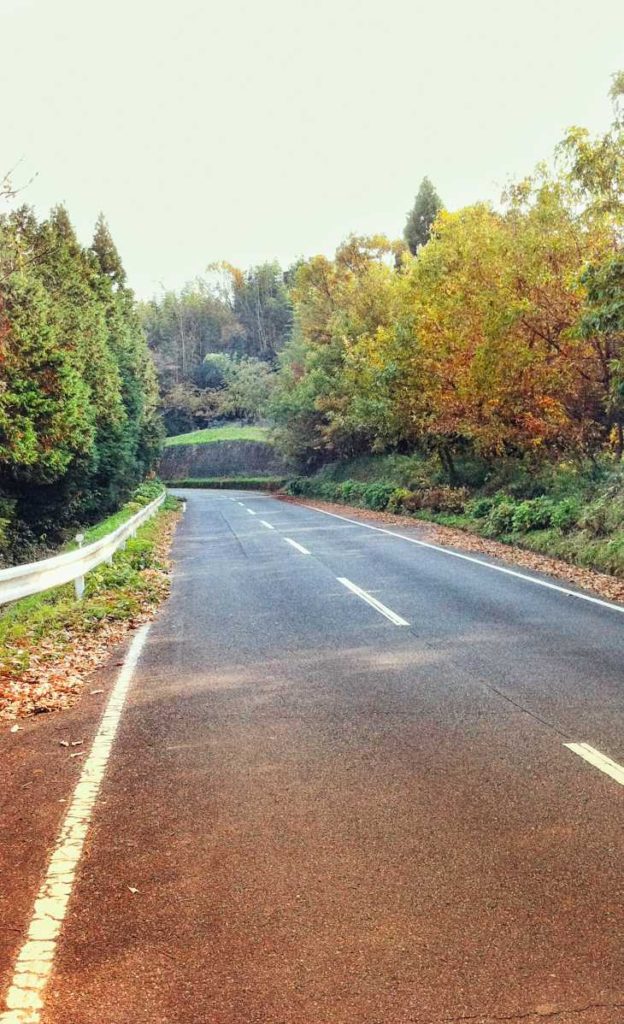
Stroll Along the Gorgeous Countryside
Firstly, lets start the journey from getting down at Asaji station (朝地駅). Asaji itself while small, offers a lovely glimpse of what a countryside town in Japan looks like.
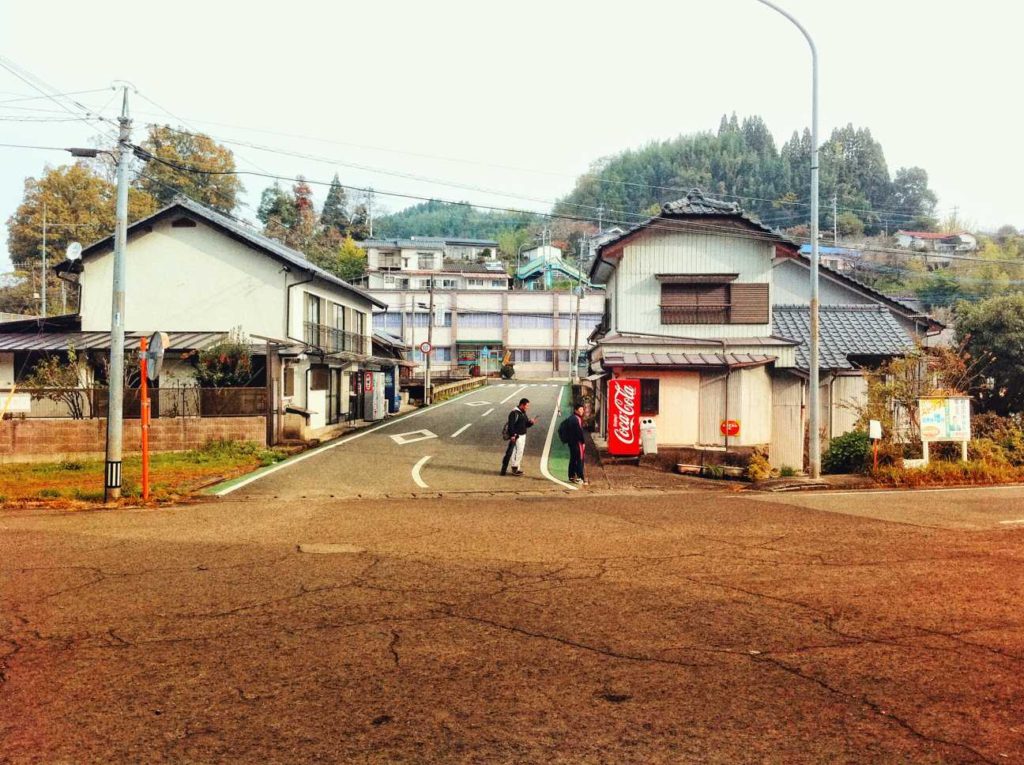
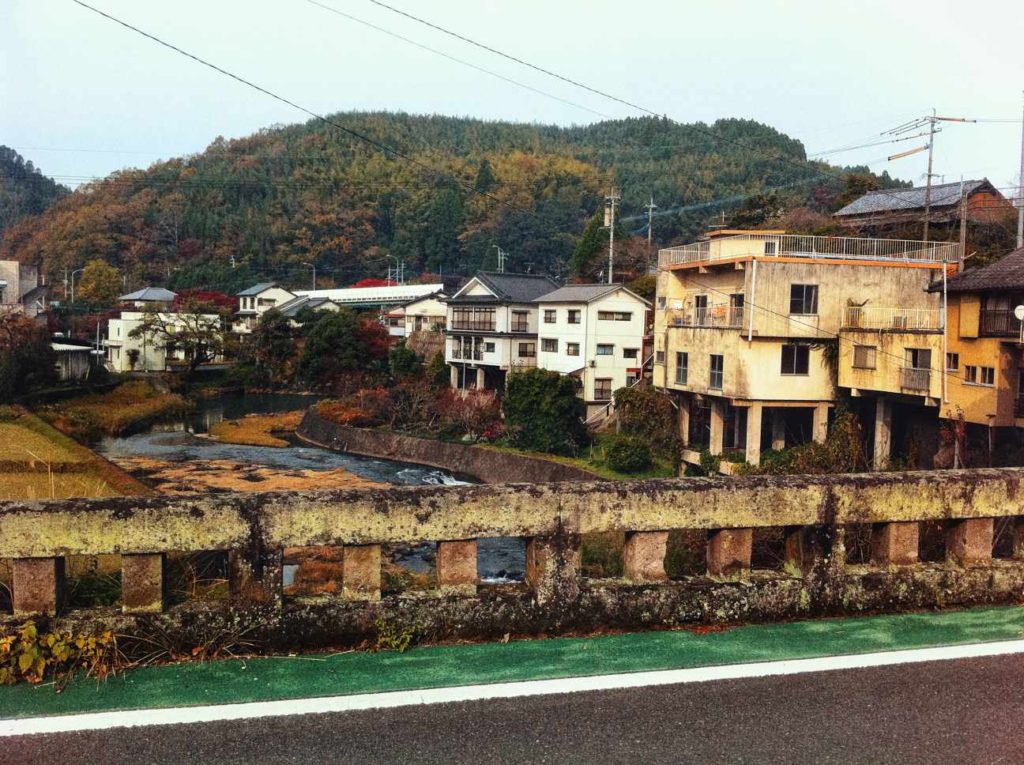
Rather than heading straight to the town, we instead need to head to the back of the station by crossing the rail tracks. From here on, its the beginning of our walking adventure to Fukoji temple.
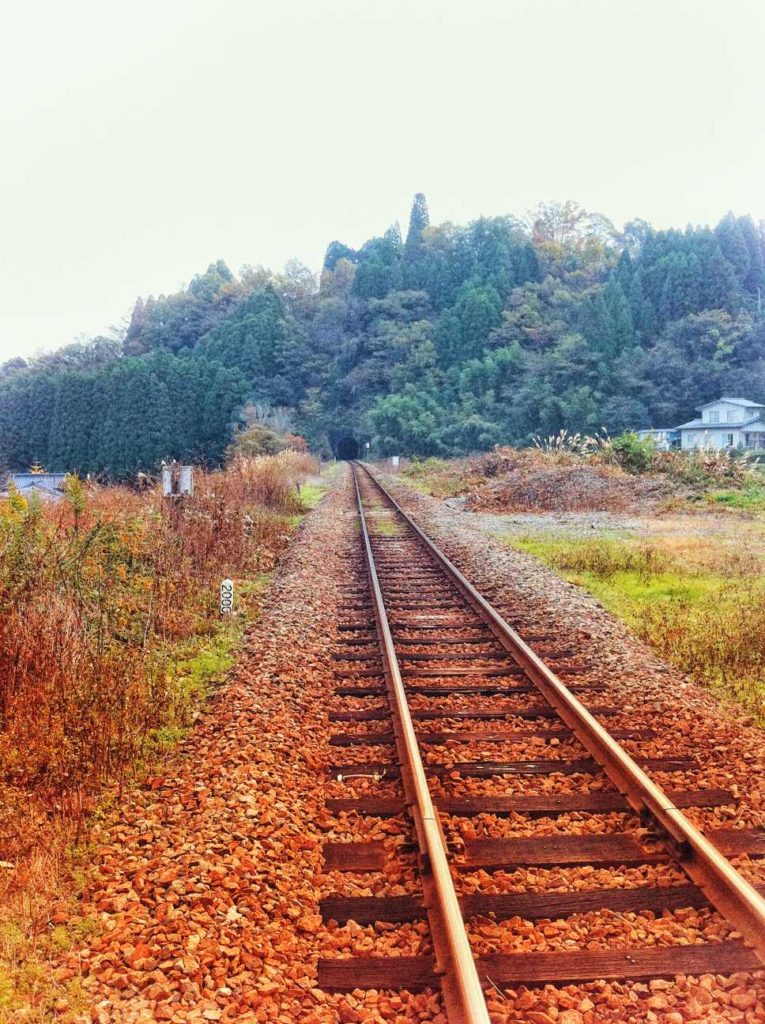
All things considered, the journey of walking along the empty roads to Fukoji temple is definitely worth it. Mainly because it offers plenty of stunning views of Japan’s untouched countryside.
In particular, the mountains here exude a sense of beauty even from afar; providing plenty of opportunities for photography for those with a keen eye. Furthermore, the quiet environment allows one, especially the nature lovers to immerse into the wilderness.
If you are visiting the area during autumn (Oct – Nov); don’t forget to check out the Yujaku park (用作公園) on the way. This park features some of the best autumn sceneries in Japan (minus all the tourist crowds you often encounter in larger cities); while allowing you to immerse into the environment. Read my separate article to learn more about this mesmerising place.
Finding Fukoji Temple
After the long and yet satisfying walk, we finally arrived at the temple’s entrance gate as below. While the gate itself leaves more to be desirable, the actual gem itself lies in the temple grounds. To head there, take the small lane on the left side of the below gate. Towards the end of the lane, we will eventually discover the actual’s temple complex. Or if you are still lost finding your way, check out the Google Maps location below.
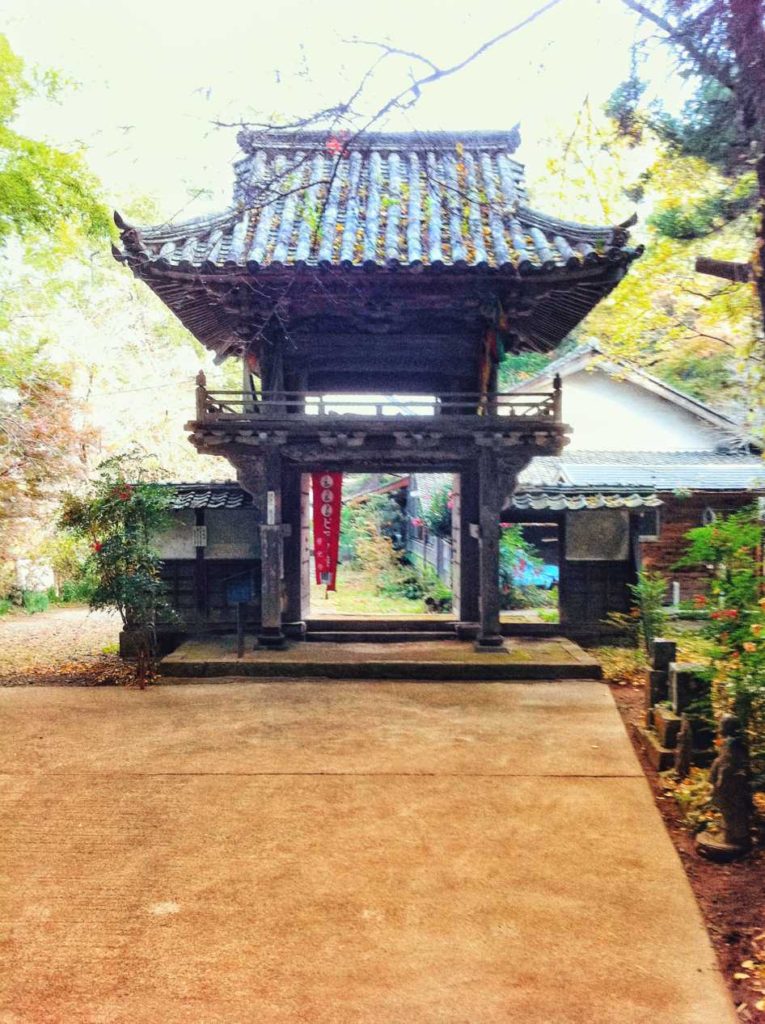
Exploring Fukoji Temple
Continue reading if you prefer visiting the temple during autumn, or check it out during summer. Also, learn more about one of Japan’s last few surviving giant Buddha statues.
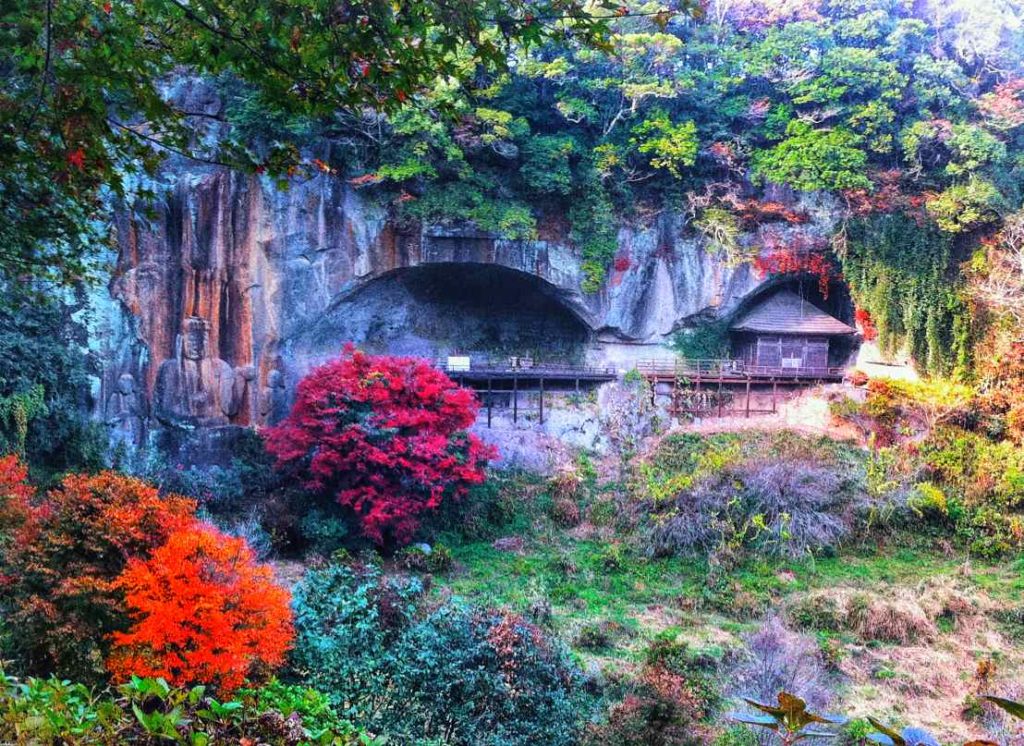
The temple complex itself is situated on two shallow cliff holes; while being surrounded by overgrown trees and bushes. Next to it lies the temple’s iconic Buddha statue carved out of volcanic rock. Indeed, the whole scenery certainly resembles an ancient city that had remained hidden for centuries. Its not surprising to imagine this place was once a well-known spiritual spot among locals and the Buddhist monks of Shingon sect, given its reclusiveness. These photos were taken during autumn where one can witness the fall foliage adding a little touch of beauty to the overall scenery.
The actual temple complex itself contains a little temple hall and a cave featuring a collection of little Buddha statues. In short, it resembles more of meditation spot for those who seek reclusiveness rather than most of the major temples in Japan. In fact, when you are inside the caves, imagine yourself being a monk in those days meditating here to escape from the turmoil in the outside world. You would be surprised how easily your mind can wander off to the wilderness; given the tranquility of this place.
The Hydrangea Temple
Did you know that the temple is also known as the Hydrangea Temple (Ajisai-dera/紫陽花寺)? Every year from mid-June to July during summer, numerous hydrangeas will bloom throughout the temple complex, forming a city of beautiful flowers. These flowers range from pink to purple; together with the fading stone Buddha’s expression creates an overall soothing as well as attractive environment. A great alternative period to visit the temple especially if you love flowers.
The Giant Stone Buddha
A visit to this temple is certainly not complete without checking out on the giant Buddha statue next to it. This 11.3m tall giant statue of Fudo-myoo (pronounced Fudou-myouou/Fudō-myōō/不動明王) together with his two sidekicks on the other hand were constructed later around the 13th century during the Kamakura period (鎌倉時代), the beginning of the age of warriors. Considered to be the largest of its kind in Japan, it is one of the few surviving giant Buddha statues as well as a designated Historic Site by the government.
In fact, giant statues such as this are called Magaibutsu (摩崖仏), Buddha statues that are carved out of rocks in mountains or cliffs. Also, did you know the statue of Fudo-myoo (aka the vanquisher of evil) used to have a more intimidating facial expression? However, centuries of weather changes had transformed the statue to give it a gentler and calmer expression. It is the little details like these that I personally find it fascinating to imagine how time can transform the essence of beauty of anything.
Even More Nitty-Gritty Details for the History Buffs
Refers to the style of crafting Buddha statues out of natural surfaces, mainly mountains and cliffs. Originated from China, it was initially a popular when Buddhism was a pop culture sensation among the Imperial family and the elites. In particular, these stone carvings flourished throughout the island of Kyushu; given its close proximity with China and Korea and also the abundance of soft volcanic rocks. Also for a fun fact, this style was more prevalent during the 11 – 12th century late-Heian period (平安時代), a time where being artistic rewards you with an illustrious career path.
However after the 13th century during the Kamakura period (鎌倉時代), Buddhism became more common among the common folks and samurais (侍) too; resulting in the creation of smaller Buddha statues. This lead to the evolution of style from Magaibutsu to Sekibutsu (石仏), statues carved out of individual stones which are more portable. While the Magaibutsu eventually lost its place in Japan’s history, its spiritual successor, the Sekibutsu continued on as a symbol of the growing popularity of Buddhism in Japan.
Fudo-myoo (pronounced Fudou-myouou/Fudō-myōō/不動明王), also known as Acala in Sanskrit; is a vanquisher of evil in Buddhism. Together with the Shingon Buddhism (真言宗), he was also brought over to Japan by the monk Kukai (pronounced Kūkai/Kuukai/空海).To recognise a Fudo-myoo statue, look for a sword on his right hand and a coiled rope on the left.
The sword represents wisdom, cutting through the delusional minds; while the rope serves to bind those who are violent. Another hint to look out for is his two loyal pageboys. They are Kongara Doji (矜羯羅童子) on this left who is white-skinned and the red-skinned Seitaka Doji (制多迦童子) on his right; symbolising the opposing sides of good and evil.
Getting To Fukoji Temple
By Train
In order to travel to Fukoji Temple; first, board the train on the JR Hōhi Main Line (豊肥本線) which connects Ōita (大分) and Kumamoto (熊本) to Asaji (朝地). Because of the town’s secluded location, places that offer direct rides to Asaji are limited. In fact, the best places to start your journey by train are Ōita (大分), Taketa (竹田) and Kumamoto (熊本).
The station to look out for is Asaji station (朝地駅); which upon arrival you will be greeted by this small and simple-looking station.
Editor’s Note:
Travelling via train is very convenient; but can also be very costly and most likely will make up 50% of your travel expenses in Japan. If you are keen in visiting Fukoji temple and other rural parts of Japan, I would suggest the Japan Rail Pass or JR Pass (ジャパンレールパス); a convenient all-you-can-ride pass that allows you to ride on all JR lines in Japan including the JR Hōhi Main Line. A wonderful option especially if you are travelling extensively around the country. Check out the JR main page to learn more of this pass.
By Car
The more undeniably flexible option to travel to the temple is by car rental. Apart from the temple, one can also explore various natural landscapes around the area, such as deep canyons, hiking spots and waterfalls that are as gorgeous as the Niagara Falls. Bungoono is undoubtedly a destination nature lovers should not miss out too.
Yet, most of these attractions are located far from the train stations and public buses are limited. Not to mention, taxis in Japan are expensive. All the more reason to rent a car to explore this hidden and mesmerising area; as well as skipping the long hours of walking.
Editor’s Note:
A friend of mine used Tocoo; Japan’s leading rental car website which is reliable and provides a wide selection of cars, ranging from small economical cars to the big family ones with affordable rates. Are you unsure of getting the necessary license and familiarising with the rules of driving in Japan? Fret not as they provide comprehensive and elaborate guides in their site on what you need to start your driving journey in Japan. Click here to embark on a wonderful journey of driving through the countryside of Japan.
Additionally for more details, I would recommend checking out Bungoono’s official website as they feature a comprehensive list of attractions across the geopark.
Overall Thoughts
Fukoji temple is one of those off-the-beaten path destinations I would recommend; especially if you:
- Are a history and temple buff and/or you enjoy checking out artefacts.
- Love exploring the countryside and getting loss into the wilderness.
- Enjoy walking tours and also exploring a place at your own leisure.
- Can’t wait to get the heck out of the city.
Unless you are renting a car, be prepared to walk for a bit and if you are lucky, you may get some opportunities to converse with the locals, who are curious to have a conversation with foreigners despite their limited English proficiency.
Loving the content here?
Subscribe and get your free hidden gems in Japan bucket list here.


You May Also Like
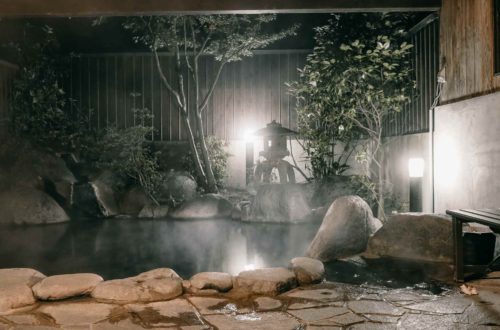
8 Genuine Onsen Spots Nearby Oita, Other than Beppu
January 8, 2022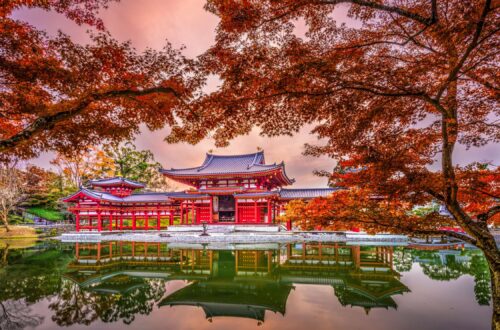
9 Kyoto Day Trip Gems You Can’t Miss: Get The Ultimate List of Panoramic Views
October 19, 2024